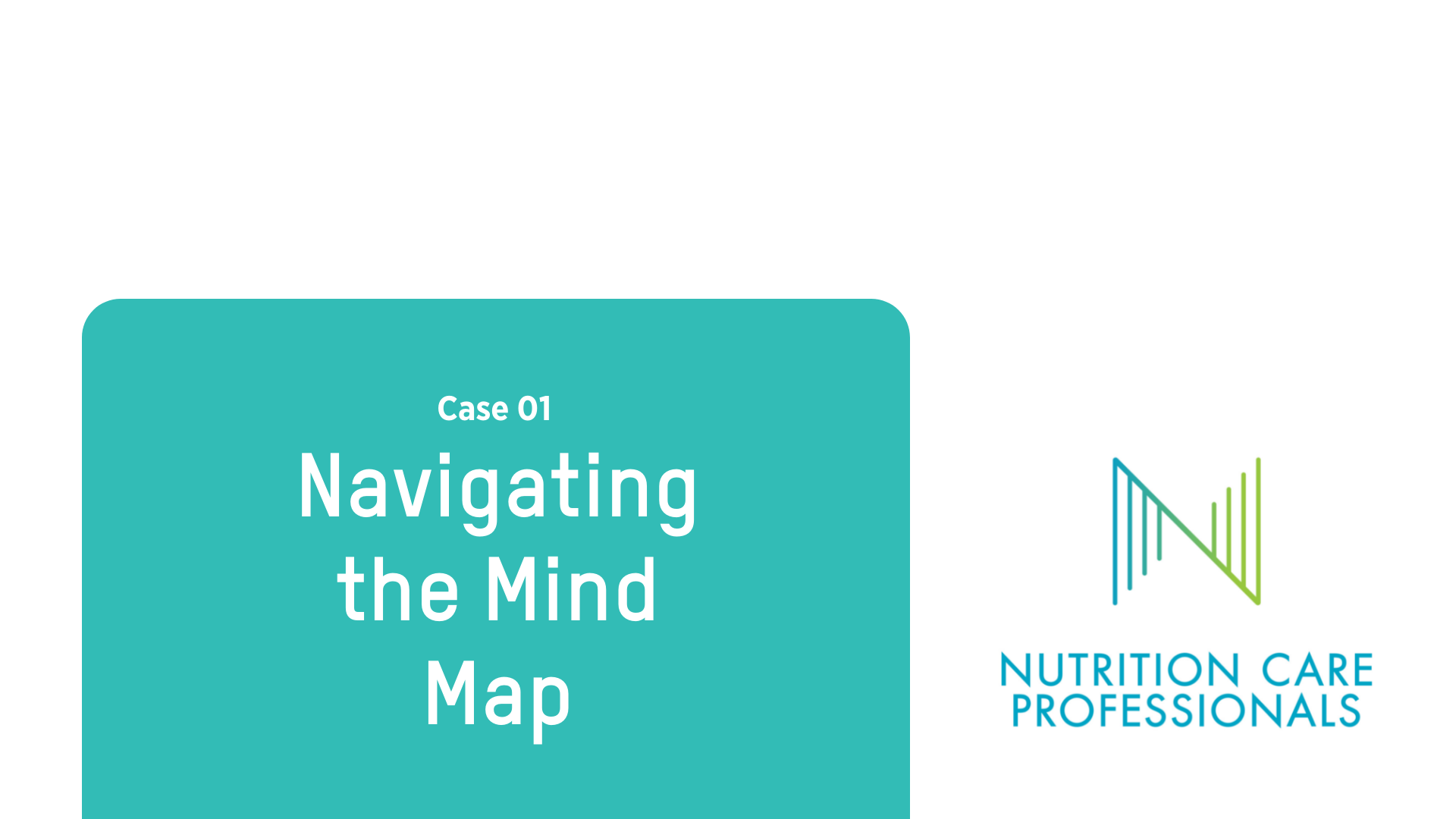 |
|
Mind Map
Watch the Mind Map video below if this is your first time using the Mind Map. |
 |
|
.
|
|
Nutrition Assessment is the first of four steps in the Nutrition Care Process (NCP). In reality, however, the dietitian is gathering and assessing patient information throughout the consultation process. Even in the latter phases of the process, the patient may share new information, and the dietitian needs to be alert to the possibility of having to modify their thinking about the Nutrition Problem/Diagnosis or the most desirable Nutrition Intervention. Following the consultation, the dietitian integrates any new patient information into the treatment scheme, and summarizes the most important points for charting in the nutrition progress note. This distillation helps other members of the health-care team understand the dietitian’s focus so that they can reinforce the changes being recommended. During follow-up consultations it is important, for the purposes of comparison, that the dietitian determines whether the patient has made the agreed-upon changes. It is of particular importance that the dietitian uses the Nutrition Assessment data to support their choice of Nutrition Diagnosis Signs and Symptoms.(2)
|
|
After taking the Nutrition Assessment, the dietitian formulates some preliminary Nutrition Diagnoses, and considers which Nutrition Interventions to propose for the patient/client’s consideration. The initial Nutrition Diagnoses can be modified as the patient supplies more information and the true underlying causes or etiologies of their condition become clear. The dietitian’s final understanding of the nutrition problems will be outlined in the Nutritional Diagnosis Statement, consisting of the Problem/Etiology/Signs and Symptoms (PES) documented in the nutrition progress note or chart entry. The dietitian may have identified several possible Nutrition Diagnoses during the course of the consultation. However, if the patient is unwilling to address a particular Nutrition Diagnosis during counseling, the practitioner may discuss another.
Not all Nutrition Diagnoses are of equal importance. Examples of criteria dietitians might use to select the most important Diagnosis are included in the Introduction chapter. If the dietitian identifies other nutrition problems with lower priority (suboptimal intake of nutrients of concern such as calcium, iron, iodine, or excess intake of nutrients of concern such as sodium or saturated fat) these should be included in the progress notes as items to be addressed in subsequent consultations.(3) |
| Nutrition Intervention includes an individualized Nutrition Prescription that stipulates the optimal nutrition intake and physical activity level. It also includes the method used by the dietitian to assist the patient in moving toward or achieving the Nutrition Prescription. The Nutrition Prescription is necessary to frame key recommendations and communicate nutrition information to other members of the health-care team, including other dietitians the patient may see in follow-up consultations. In communicating with the patient and their family, practitioners should avoid using specialized language or technical terminology about nutrient and energy targets. The Nutrition Prescription needs to reflect the Comparative Standards in the NCP Step 1. Remember to consider individual- and family-centered short- and long-term goals.(4) |
| During Nutrition Monitoring and Evaluation, patient and dietitian together determine criteria to measure whether the goals established during the consultation are being achieved. Criteria should be specific, measurable, actionable, realistic and time limited. Several clear outcomes/indicators are selected that reflect both short-term (usually Behavior, Knowledge/Beliefs/Attitudes or Food and Nutrient Intake) and long-term goals (Anthropometric). These are used to measure the effectiveness of the approach and strategies applied during the consultation and in follow-up visits.(2) |
References
1. Academy of Nutrition and Dietetics. Nutrition Terminology Reference Manual (eNCPT): Dietetics Language for Nutrition Care. 2023;
Accessed 25 March 2024. Available from: https://www.ncpro.org/.
2. Academy of Nutrition and Dietetics. Nutrition Terminology Reference Manual (eNCPT): Dietetics Language for Nutrition Care. NCP Step 1: Nutrition Assessment. 2023;
Accessed 25 March 2024. Available from: https://www.ncpro.org/pubs/2020-encpt-en/page-015.
3. Academy of Nutrition and Dietetics. Nutrition Terminology Reference Manual (eNCPT): Dietetics Language for Nutrition Care. NCP Step 2: Nutrition Diagnosis. 2023;
Accessed 25 March 2024. Available from: https://www.ncpro.org/pubs/2020-encpt-en/page-036.
4. Academy of Nutrition and Dietetics. Nutrition Terminology Reference Manual (eNCPT): Dietetics Language for Nutrition Care. NCP Step 3: Nutrition Intervention. 2023;
Accessed 25 March 2024. Available from: https://www.ncpro.org/pubs/2020-encpt-en/page-055.
5. Academy of Nutrition and Dietetics. Nutrition Terminology Reference Manual (eNCPT): Dietetics Language for Nutrition Care. NCP Step 4: Nutrition Monitoring and Evaluation. 2023;
Accessed 25 March 2024. Available from: https://www.ncpro.org/pubs/2020-encpt-en/page-015a.





